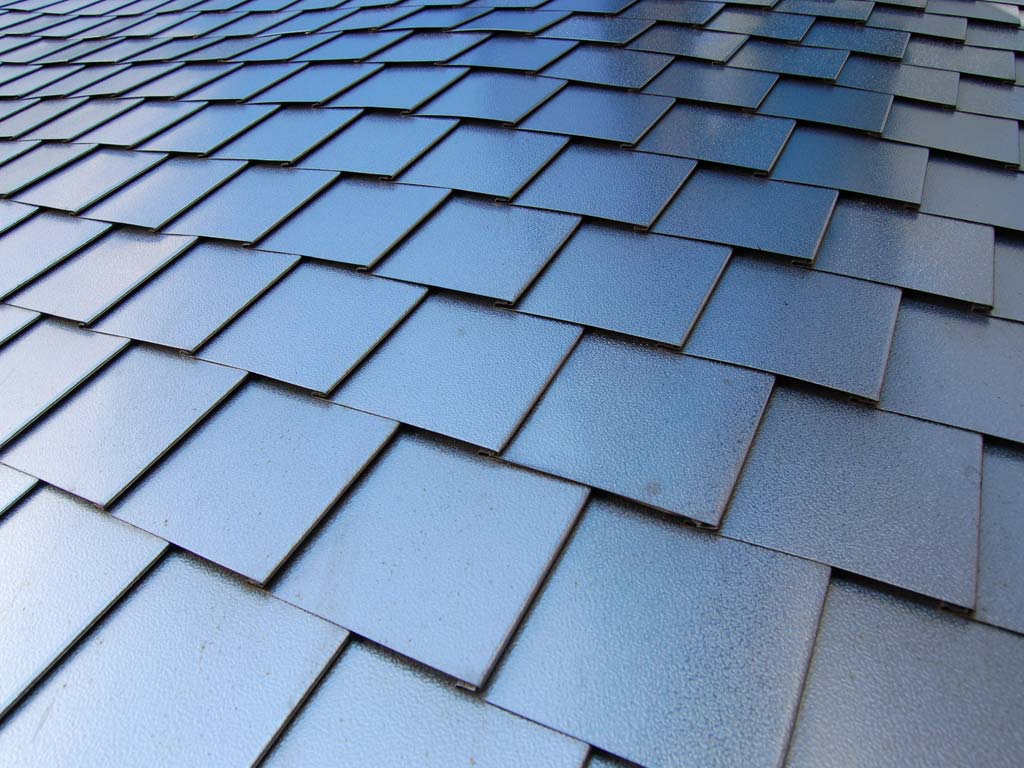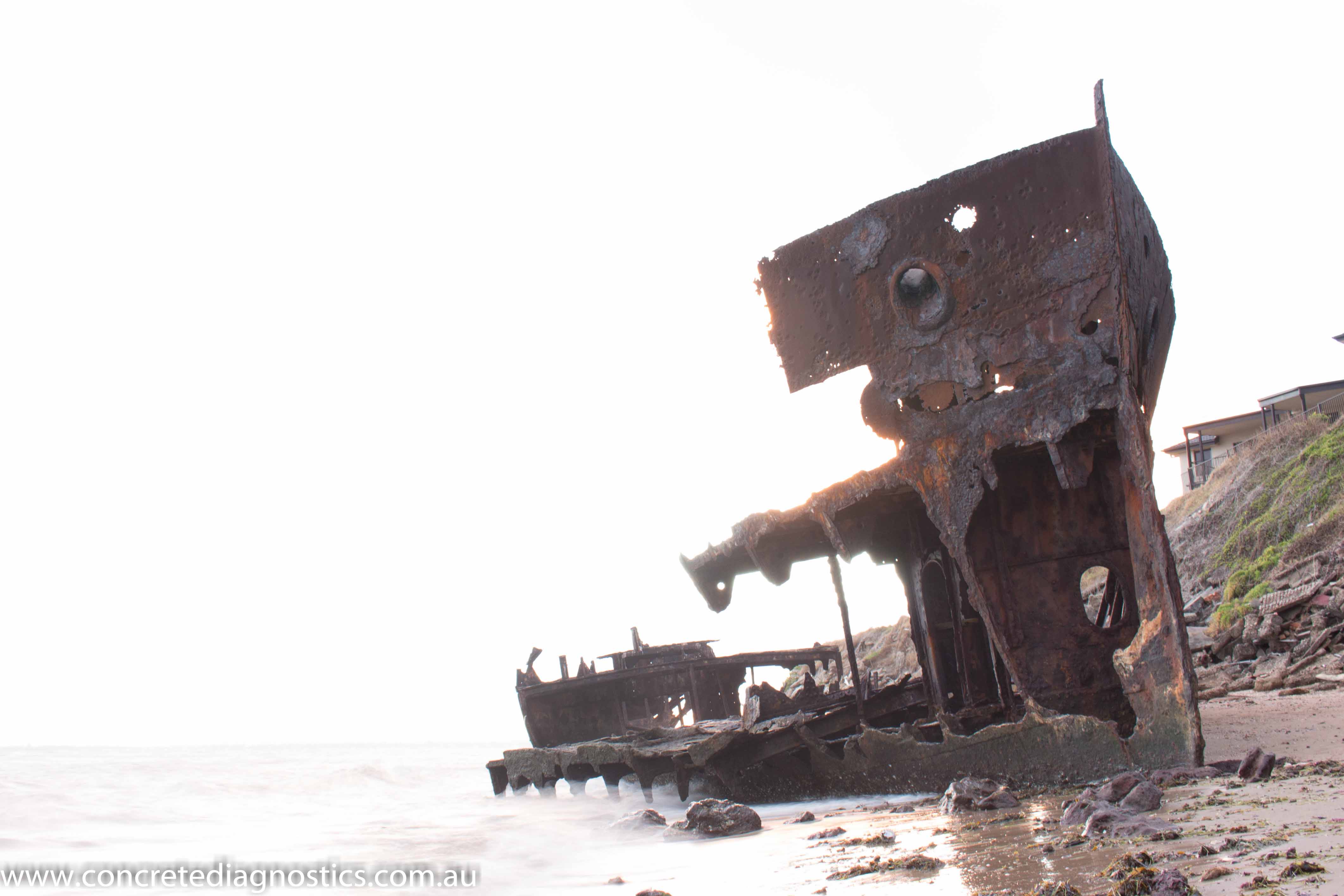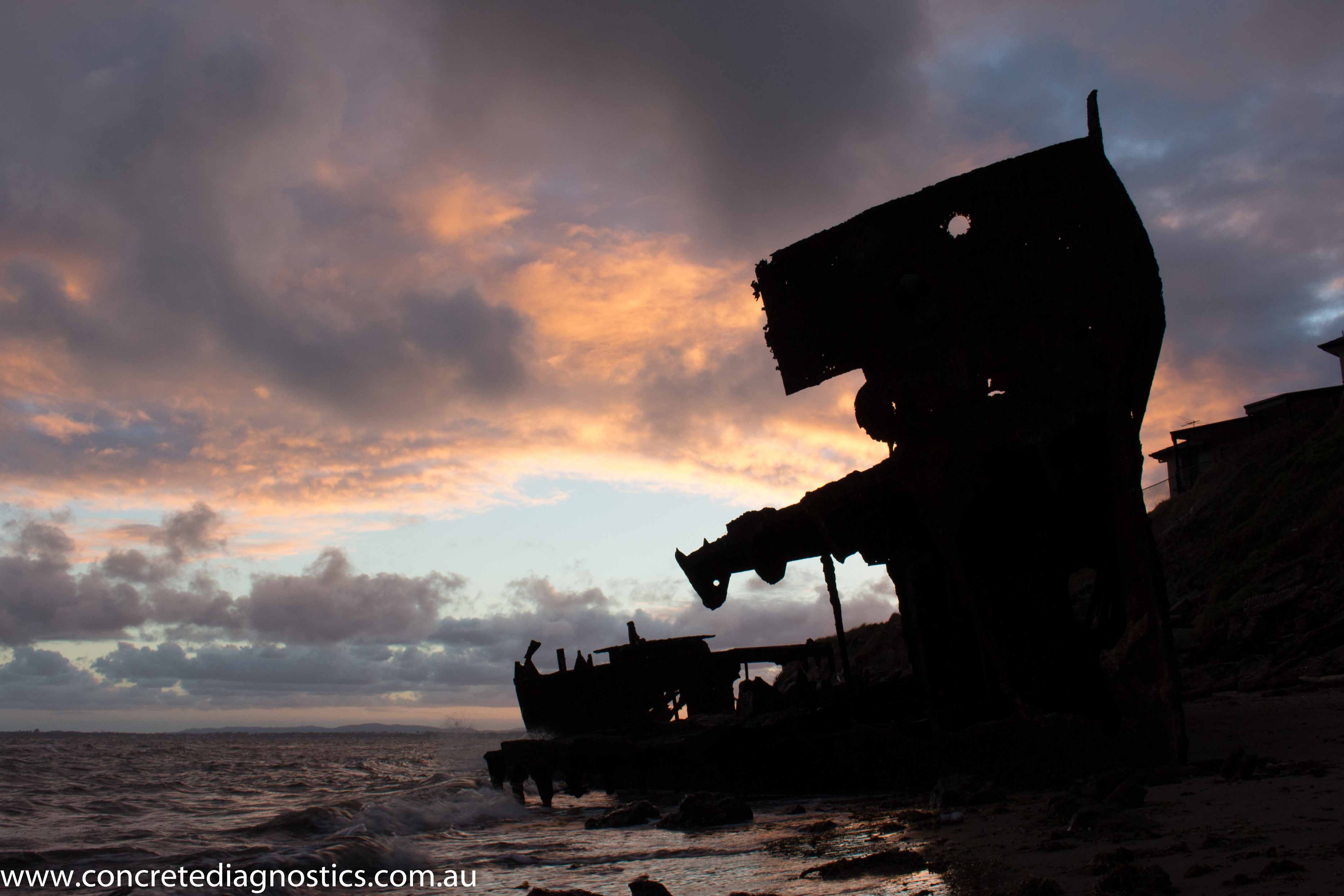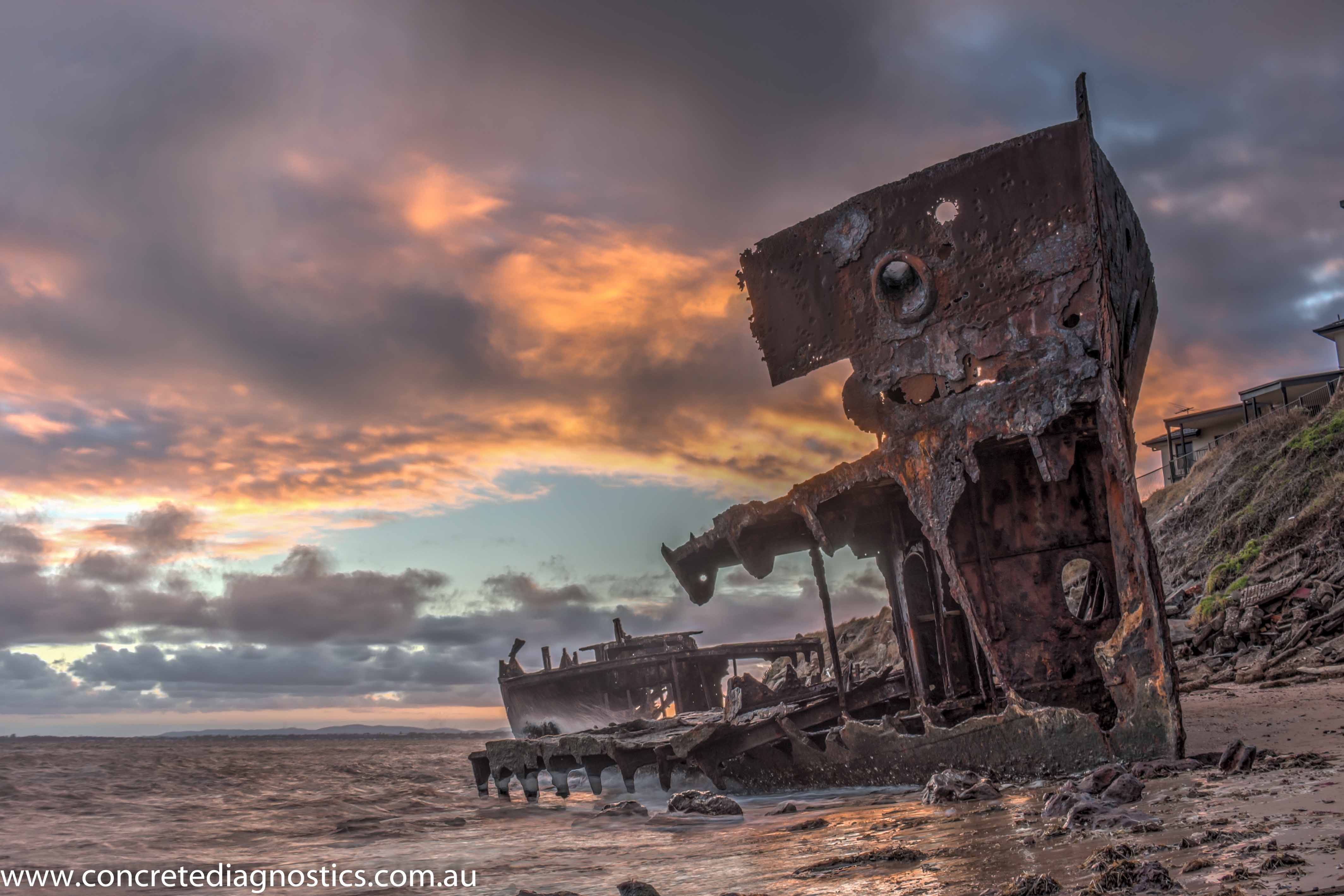




Concrete Diagnostics and High-dynamic-range (HDR) imaging.
Concrete Diagnostics now use a technique called High-dynamic-range (HDR) imaging to reduce the loss of detail in bright or dark areas of photographs.
What is HDR?
HDR is a photography technique to increase the dynamic light range of a photograph. This technique can be used in areas where there are varying intensities of light. For example a concrete wall or floor that is half in shade and the other half exposed to bright sunlight.
Normal photography would lack detail in either the bright or dark areas of the photograph due to exposure limitations. This leads to one half of the image being over or under exposed and the detail lost in the digital pixels.
HDR requires specialised cameras that can take multiple photographs of the same area at different exposure settings. Then with the assistance of software these images can be combined into one image to produce a HDR image that has detail in both the bright and dark areas of the photograph.
To the right is an example of the technique and to add interest the example contains a dark foreground (the ship wreck) with a bright background (the sky).
The top image has been exposed to give detail in the ship wreck (the dark area), as you can see the sky has no detail and the pixles are not recoverable.
The middle image has been exposed to give detail in the sky (the bright area), as you can see the ship wreck has no detail and the pixles if they could be recovered would contain a large amount of noise.
The bottom image is a HDR image of several photographs at different exposure settings. As you can see both the ship wreck (the dark area) and the sky (the bright area) both have detail. This technique works the same for a concrete wall exposed to bright sunlight and dark shadows.
As with any technique there are situations where this may not work and the technique is not included in Concrete Diagnostics basic reporting fees. For more information please feel free to contact Concrete Diagnostics on 0458 772 327



High-dynamic-range (HDR) imaging


